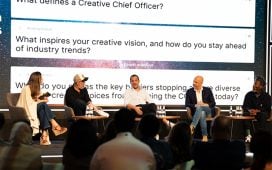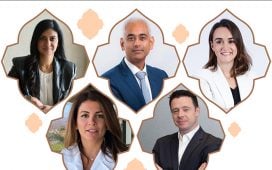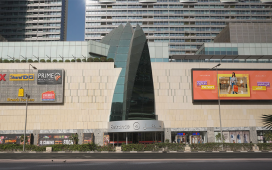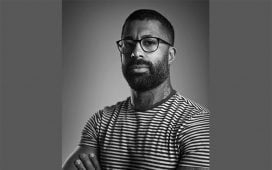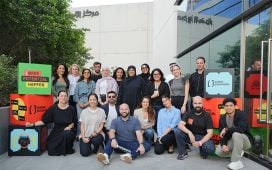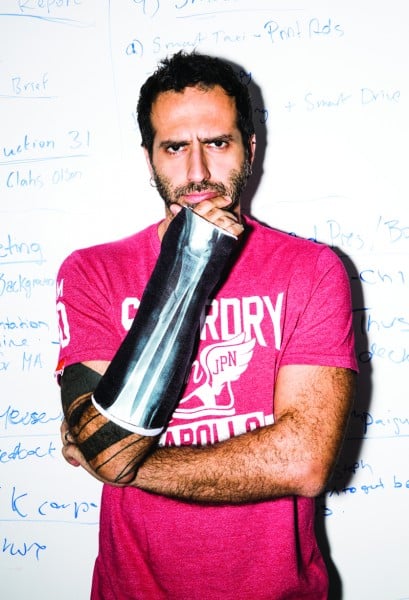 By Rodrigo Mavu, regional creative director at UM MENA
By Rodrigo Mavu, regional creative director at UM MENA
There I was, seated in front of my work colleagues as we planned a big new campaign for one of our main clients. Everyone was quite hungry for insights from me, the new creative director who had just joined the company to introduce fresh ideas and new solutions. I’ve been in this situation often enough to know the look people give you when they are waiting for you to jump from your chair shouting “Here comes a kickass idea.”
But when the meeting came to an end my contribution had been insignificant. I would normally have come up with at least a handful of ideas, but this time it was different.
Brainstorming sessions work like this: we receive the briefing with a lot of information from the client and the planners, and we start working off that. Most of the information in the document is based on the client’s expectations and sales needs, and it is not uncommon to have a myopic vision of what’s really happening out there. We always wish we had received something more aligned to the consumer perception. But as creatives we slowly become trained to milk the briefing so we can come up with ideas for every single job. That is the natural process to me, but for the first time I felt like an alien.
The truth is that I had left my comfort zone. One month before this meeting I quit working in an advertising agency to lead the creative department of one of the biggest media agencies in the region. Yes, you read that correctly: a media agency. Why not? I was hungry for new challenges and that sounded like the best opportunity to learn something.
I walked from the meeting directly to my manager’s office and told him I could not understand half of what had been said. Most of the acronyms my colleagues had used were completely new to me and I had never heard of some of the measurement tools.
My manager, Joe Nicolas, gave me his trademark calm smile and said: “Now I know we hired the right person. If you knew all those things you would not be a creative by nature.”
That was when it clicked and I understood my mission here. It wasn’t about becoming a media professional, getting into metrics, analytics and all those crazy numbers. What I was hired to do was to inject creativity into everything we were doing for our clients. It was about imagining new ways to use media and exploring uncharted channels. And I would make this leap using data.
Think about your daily routine. You wake up and check your calendar. After that, you check what happened during the night on your preferred social platforms. You click on a few links while drinking your coffee. You decide to exercise before going to work, navigate to that meeting using a GPS app on your mobile, post a picture of that restaurant you are visiting again, work more, watch a football match at your friend’s place and go back home to rest (after saying goodnight to Facebook).
It’s clear there is a lot of valuable information accumulating behind the scenes that can and should be used to improve user experiences at every single touch point. And let’s agree that the more you feed a creative person with input and data, the more efficient their ideas will become. That’s exactly why it makes a lot of sense to have everyone under the same roof, working in a collaborative way. Data quickly became my telescopic sight to check if an idea would hit its target. Media agencies already have all this rich data that is used for programmatic media buying. Creatives just have to use it in a different way.
In a recent project for Johnson & Johnson, we were able to use social media listening and data treatment to identify that mums in Saudi Arabia don’t use baby wipes to clean up their children before changing nappies. They prefer to use cotton pads and water instead. But the wipes were heavily used to clean up after the little ones explored their world. The magic happened when we started cross-referencing that information with the data collected from the brand’s adult division: the same mums love and interact with make-up reviews, travel and food bloggers.
As a result of mashing up this data we created a content series starring babies as bloggers and the results were amazing. The material was so solid and unique that other countries have asked to use the videos on their social platforms.
When I look back and see everything we have managed to do in the last year, it was really effective and could easily become the new model of business. Learning those acronyms was just scratching the surface; the most important lessons for creatives are how we can think and do things in a different way.

